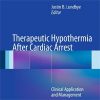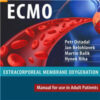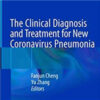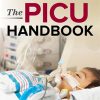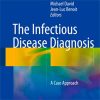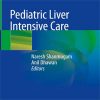Prone Positioning for a Morbidly Obese Patient with ARDS
anesthesiology.pubs.asahq.orgSince the description in the 1970s of external positive end-expiratory pressure for acute respiratory distress syndrome (ARDS), the optimum level of external positive end-expiratory pressure remains unresolved. In the 1990s, the lower inflection point, an inspiratory phenomenon on the low-flow pressure–volume curve, was defined as the point above which external positive end-expiratory pressure should be set to ensure full opening of the lung, e.g., open lung approach. The significance of the lower inflection point is, however, in part explained by expiratory flow limitation in ARDS patients unmasked by the presence of intrinsic positive end-expiratory pressure (PEEPi). Interestingly, the lower inflection point has been observed in morbidly obese patients without ARDS.5 Prone positioning has been applied to ARDS patients, especially those with severe hypoxemia. We report a morbidly obese ARDS patient exhibiting PEEPi–lower inflection point interdependence after a period of prone positioning.


